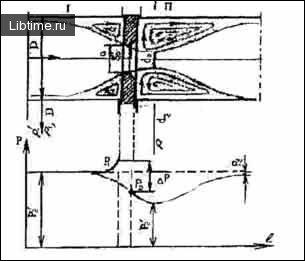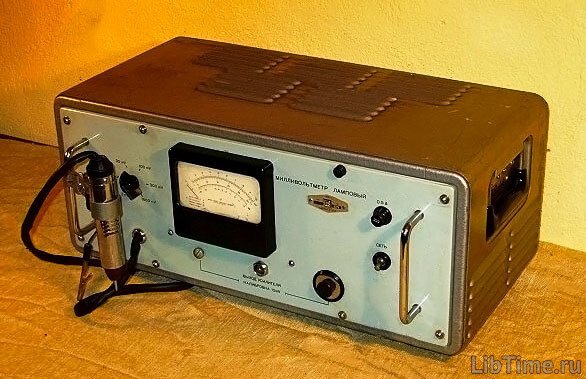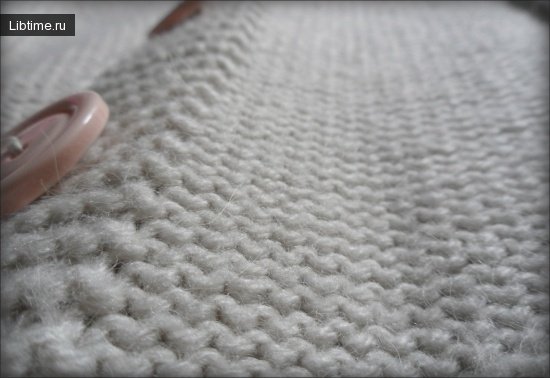Cheese presses
Presses of various designs are used to press curd mass.
For example, for small and medium-sized cheese factories, it is recommended to use baropresses, where the operations of forming and pressing the curd mass are performed in the same devices.
Baro-presses for forming and pressing cheeses in molds of various capacities, as well as block cheese by creating a pressing load on the curd mass by directly moving elastic press elements towards each other under the influence of rarefaction have two (Y7-OBSh) or five (Y7-OBP) press chambers with a total capacity of 100 to 600 kg of curd mass.
Depending on the configuration and size of the pressing chambers, as well as the number of molds used, such baro-presses can produce cheese heads weighing from 4 to 60 kg. With a vacuum of 70...75 kPa, the full cycle time of the process does not exceed 4 hours.
Cheese mass presses are divided into mechanical and pneumatic. Mechanical presses can be divided into lever, spring and spring-screw, screw and lever-screw. Pressure on cheese in mechanical presses is exerted by a load through a system of levers or a spring.
The most common in low-capacity workshops are spring-screw presses, which consist of a frame and a fixed platform. The upper platform is mounted with a spring-screw baiting mechanism, which includes a glass, spring, nut, screw, and bait disk. The molds with curd mass are placed on a fixed platform and by moving the screw mechanism, the necessary pressure of the bait disk is created on the top cover of the mold. The separated whey flows out through the mold openings. 
Pneumatic vertical six-tier presses are produced in the form of two (E8-OPD) or four (E8-OPG) sections connected by vertical walls, along which five pressing sticks with cheese molds are moved up or down. The sixth tier of the section is formed by a fixed shelf. Each section is equipped with an individual pneumatic cylinder.
The press is placed on the floor on height-adjustable legs. This press is used for pressing all types of cheeses except Swiss and elongated cylindrical cheeses. 
b - pneumatic system of the E8-OPG press: 1 - air duct; 2 - control valve; 3 - pressure regulator; 4 - air purification filter; 5 - pressure regulator; 6 - safety valve; 7 - factory air line.
The E8-OPG press consists of four six-tiered sections with individual pneumatic cylinders. It has a base (8) of welded construction lined with stainless steel, vertical cylindrical posts (7), pressing shelves (6), a traverse (5) made as a welded structure of bent profile, and a pneumatic system (3). In the sections, there are five shelves each, on which molds with curd mass are installed for pressing it. The shelves are equipped with guides that slide during vertical movement of the shelves along the cylindrical vertical walls.
The pneumatic system (Fig. 2b) supplies compressed air to the pneumatic cylinders (Fig. 2a). The air direction is regulated by a valve (1). The cheese pressing force is set by the pressure regulator (2). To lift the shelves, compressed air is supplied to the lower cavity of the pneumatic cylinder. A filter for compressed air purification, a pressure regulator and a safety valve are provided on the air line from the compressor unit.
Tunnel press YA7-OPE-C of modular design is the most advanced equipment for pressing curd mass in small and medium-sized workshops. Each module has one platform for cheese pressing. The platform (Fig. 3) consists of fixed and movable frames. Between the base plates of these frames there is a pressure rubber fabric sleeve connected to the pressing disk by a rod. 
Press filters are a separate article.
The molds filled with curd mass are placed on a pallet and transported to the molding area using a mobile table. When the crane is switched to supply compressed air to the rubber-woven sleeves, the latter expand and lift the movable frame. Suspensions are placed along with the frame, which, with their supports, remove the tray with molds from the table and press the lids of the cheese molds against the pressing disks.
In this way, the pressing force is transferred from the sleeves through the rods and disks to the curd. The freed table is pushed out of the tunnel to load the next batch of molds. The press can have from one to four modules. Their capacity depends on the size of the molds. The pressure in the press elements is adjustable in the range of 20 - 120 kPa.
Lib Time - start writing your own blog.


